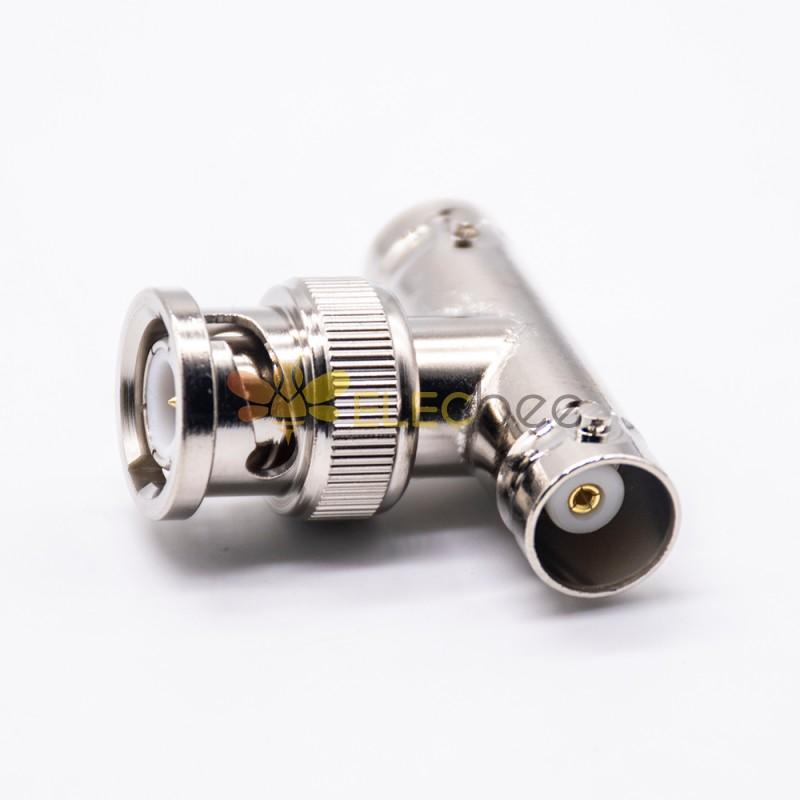如果您是 CCTV 爱好者或专业安装人员,您就会知道在摄像机和 DVR 之间建立可靠和安全连接的重要性。BNC连接器CCTV 安装很受欢迎,因为它们易于使用并提供可靠的连接。 但是,购买预制 BNC 连接器可能会很昂贵,尤其是当您需要大量连接器时。
幸运的是,制作自己的 BNC 连接器并不像您想象的那么困难。 在本文中,我们将指导您完成整个过程,并向您展示如何制作用于 CCTV 的 BNC 连接器。
什么是 BNC 连接器?
在开始之前,我们先来了解一下什么是BNC连接器。 BNC代表Bayonet Neill-Concelman,以开发这种连接器的发明家的名字命名。 BNC 连接器是一种广泛用于闭路电视行业的同轴连接器。 它旨在在同轴电缆和闭路电视摄像机或 DVR 之间提供安全、低损耗的连接。
BNC 连接器有两种类型:公头和母头。 公 BNC 连接器的中心有一个插针,外面有一个锁环,而母 BNC 连接器的中心有一个插座,外面有一个锁环。
你需要的材料
要制作用于闭路电视的 BNC 连接器,您需要以下材料:
为闭路电视制作 BNC 连接器的分步指南
1.剥去同轴电缆
第一步是剥去同轴电缆。 使用剥线钳从电缆末端去除约 1 英寸的外护套。 小心不要损坏内导体或屏蔽层。
2. 暴露内导体
剥去外护套后,您会看到编织屏蔽层和内导体。 用一把剪刀小心地剪掉编织屏蔽层,让内导体暴露在外。
3.修剪内导体
露出内导体后,您会注意到它比外护套长。 用剪刀修剪内导体,使其与外护套边缘齐平。
4. 安装 BNC 连接器
现在是时候安装 BNC 连接器了。 将连接器滑过同轴电缆的末端,确保内导体进入连接器中心的针脚。 使用压接工具将连接器压接到电缆上。 确保连接器牢固地连接到电缆上。
5.检查连接
将连接器压接到电缆上后,检查连接以确保其牢固。 可以轻轻拉动排线,看接头是否松动。 如果是这样,您将需要重做压接过程。
6. 可选步骤:热缩管
如果您想为 BNC 连接器添加额外的保护层,可以使用热缩管。 将管子滑到连接器上,然后使用热风枪或打火机收缩连接器周围的管子。 这将提供额外的应变消除并保护连接不受潮。
结论
为 CCTV 制作自己的 BNC 连接器是一个简单的过程,可以为您节省很多钱。 您可以使用合适的工具和材料在 CCTV 摄像机和 DVR 之间建立可靠且安全的连接。 请记住始终检查您的连接以确保它们安全且工作正常。 按照本指南中概述的步骤,您可以制作自己的 BNC 连接器并将您的 CCTV 安装提升到一个新的水平。







